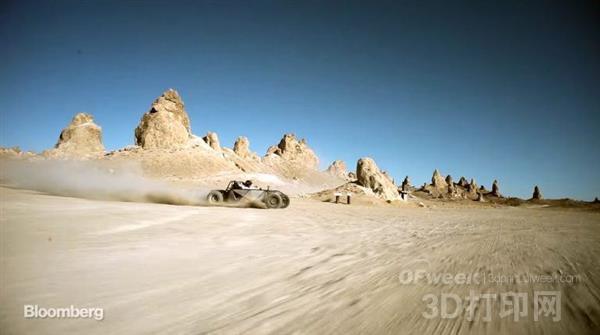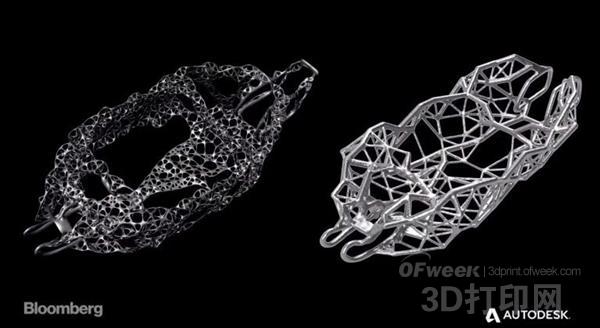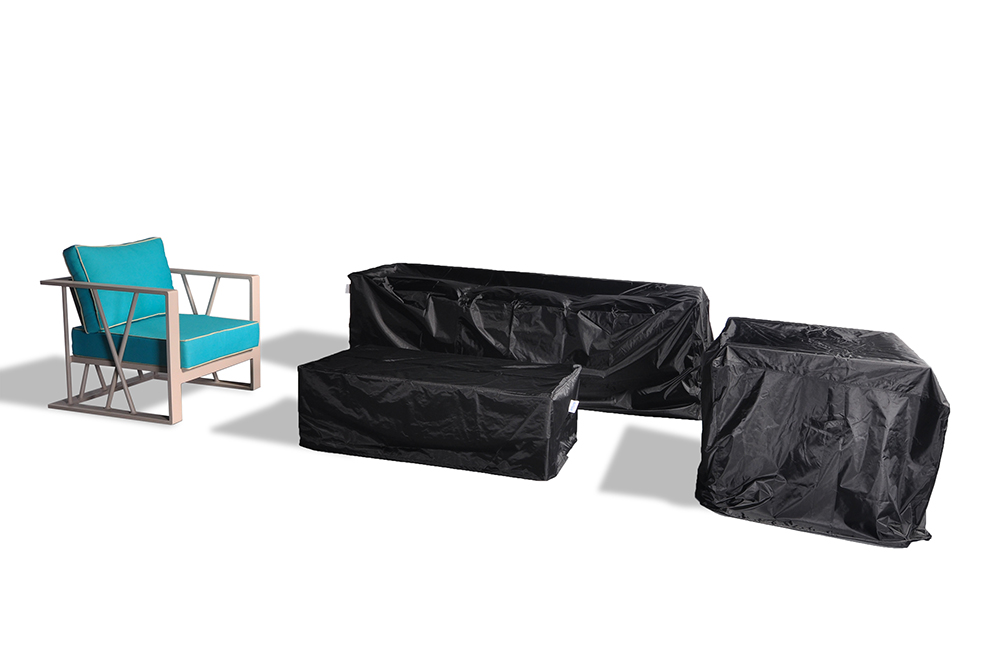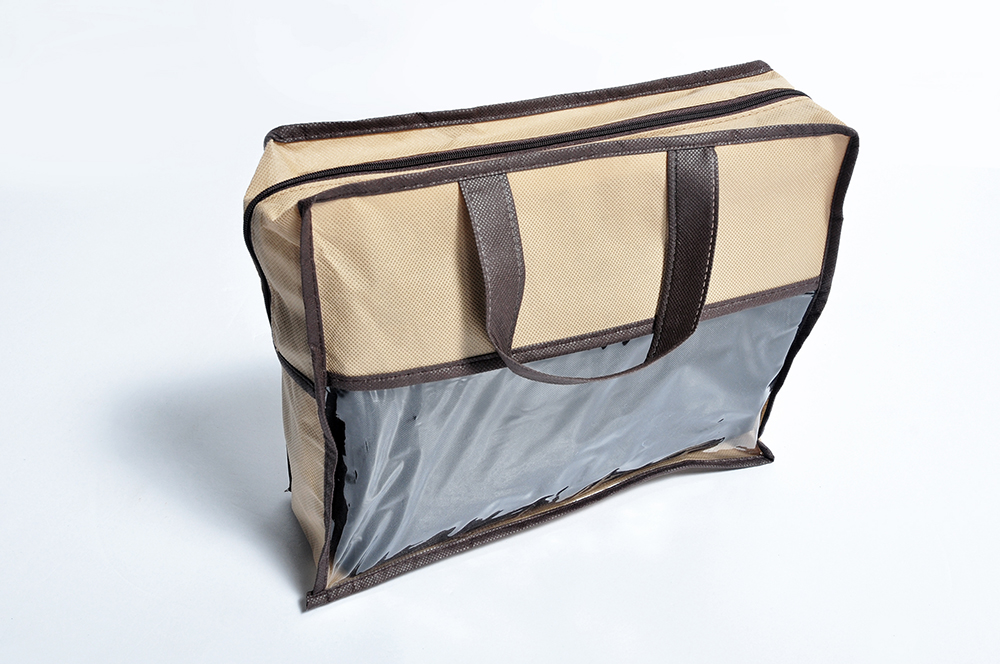As we all know, the world's first 3D printing car that can be driven is made by Local Motors, but that doesn't mean they are the only players in this field. In fact, in Los Angeles, there is a team of hackers called Hack Rod who are also working on 3D printing customizable ATVs. Moreover, they actually use a more high-tech approach: their 3D printed chassis is generated by artificial intelligence technology and is still being improved for optimal performance.

As you can see on the picture in this article, these 3D printed cars are absolutely fierce. However, these cars are not only exciting, but there is also a very detailed plan behind them. It is understood that the Hack Rod team is led by stunt expert Mouse McCoy, stunt driver Gregg 'TG' Tracy and automotive industry expert Felix Holst, who actually filled their car with sensors - to collect every aspect of the car Performance. Combined with the terrain analysis they are driving, the artificial intelligence (AI) program can be used to optimize the car design to ensure its high strength, high speed and reliable performance. And 3D printing allowed them to quickly come up with a new and improved ATV.

This is indeed revolutionary, although the basic car chassis has not changed much over the years. But by introducing the build to make the design, they are changing the rules of development. “This is an unprecedented period in industrial history. We find ourselves at the forefront – generating design solutions that design structures that have never been realized before, and additive manufacturing makes it possible to make these structures for the first time.†They explained . Moreover, by working with its powerful allies, such as Autodesk (which provides the Dreamcatcher generation design system), America Makes, Alcoa, Lockheed Martin and UPS, everything is possible.

And their vision is to design a future that is fully integrated with the digital realm. In this future, designers and engineers can complete the entire process of “a car from sketch to a complete solution to a pneumatic solution†in a suite of software, they said. In this system, models designed with Fusion 360 can be imported into Autodesk Flow Analysis software for direct aerodynamic and performance testing, and nothing is manufactured at this time. All engineering knowledge is automatically applied, saving weeks of development time. This will enable efficient manufacturing and plenty of room for customization.
In the actual development process, Hack Rod first scanned the pre-manufactured chassis and uploaded it to the cloud platform. Then after installing all the sensors, they performed various extreme tests on the car and collected all possible performance data. Developers use the Dreamcatcher software (which uses NVIDIA GPUs) to analyze all data and generate new design recommendations to overcome any of the original weaknesses. In theory, this process can be repeated until the optimal design is obtained.

In such a development model, the generative design becomes critical because it turns a very open trial-and-error system into reality, putting every aspect of the new car design under the spotlight. This is great for racers like McCoy, who has won the Baja 500 and Baja 1000 (the toughest off-road event in the Americas). Every time he can play the performance limits of the car. By indeed seeing what the 3D printed chassis can and can't do, they set new standards for custom manufacturing. Moreover, driving drivers also need to wear brain sensors to record their emotional changes and reactions.
This is obviously very important for the car to come, performance is everything. However, Hack Rod also tried to support personal preferences by embedding a series of commands in the build design. It is said that this can be used to develop very efficient, but customised vehicles.

Hack Rod is trying to find its place in tomorrow's automotive industry, and 3D printing technology will play a key role in this process. First, it enables developers to optimize their designs quickly and easily. Secondly, it also opens the door for professional suppliers around the world to print out cars in 3D according to customer needs. “In the world of industrial additive manufacturing, the quantity is not concerned, whether it is one piece or one thousand pieces, the cost is the same, so the professional supplier will be able to print the car in 3D according to your requirements and send it to you. Home," they said.
Outdoor furniture covers are polyester outer sell with PVC coating inside, keeps the elements out covers wipe clean with a damp cloth and mild soap, with a high seam strength and durability, don`t fade or crack in the sun.
Our outdoor furniture covers provide an unparalleled level of protection for your outdoor furnishings. Designed with meticulous detail, these durable covers with polyester outer shell and a layer of water-resistant PVC to ensure superior performance and long-lasting functionality in searing sun, blinding rain, prodigious snow, and bitter cold.
• Lined with a layer of water-resistant PVC
• Soft fleece underside protects aluminum frames
• Won't fade in the hottest sun, or crack in temperatures dropping to 0°F
• Elastic edging and/or reinforced ties hold covers securely in place


If you have any questions, please contact with us directly. Outdoor Furniture Covers are produced by Golden Eagle Outdoor Furniture With High Quality and Good Appearance. Welcome you visit our Factory. For any inquiry,Please send mail directly to us.
Outdoor Furnniture Covers,Outdoor Furnniture Rain Covers,Outdoor Covers For Furniture,Outdoor Patio Furniture Covers
Golden Eagle Outdoor Furniture Co., LTD. , https://www.gerattan.com
